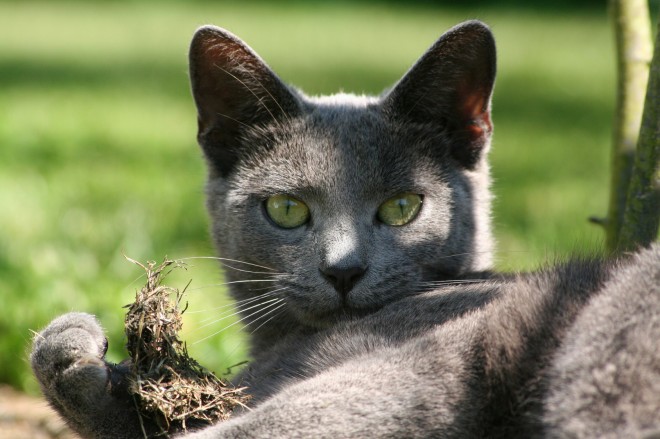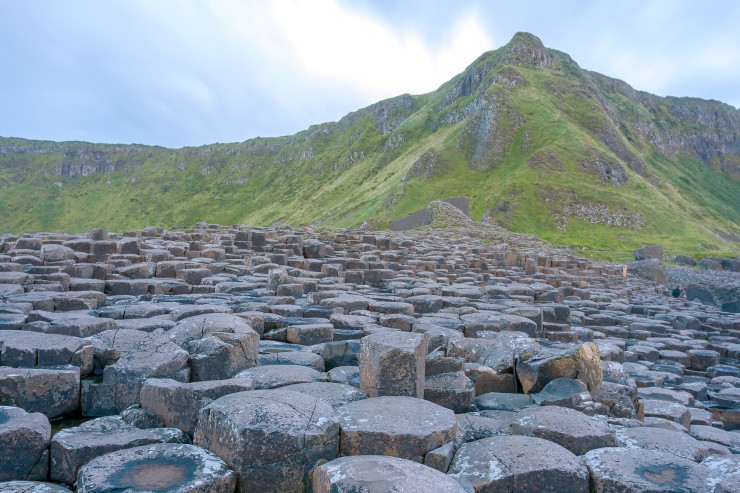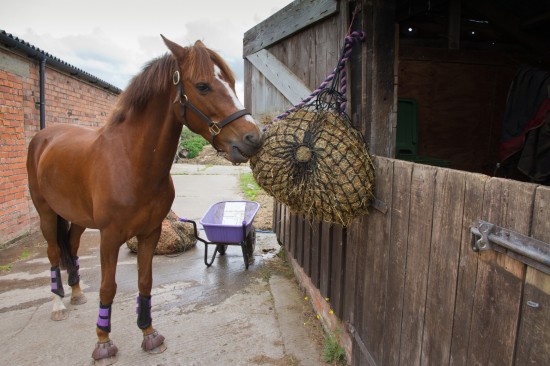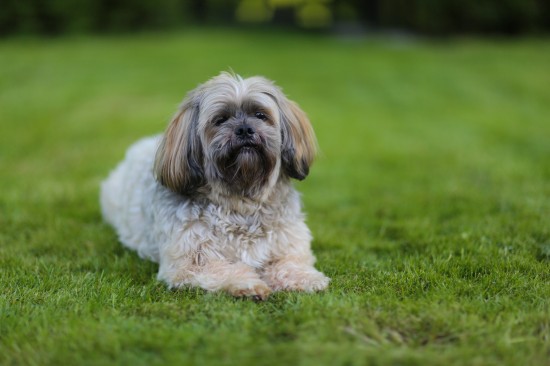The dogs that take their name from the island of Newfoundland charm to any or all lovers of animals.There are currently two established varieties, the black and the white plus black. There are even bronze-coloured dogs, but they are already rare. The black variety of the Newfoundland is essentially black in colour; but this does not mean which there can be no other colour, for most black Newfoundlands have a few white marks. After all, a white marking on the chest is claimed to be typical of the true breed. Any white on the top or body would place the dog in the alternative than black variety. The black colour ought to preferably be of a uninteresting jet look which approximates to brown. In the other than black category, there may be black and tan, bronze, plus white plus black. The latter predominates, and in this colour, beauty of marking is very important. The head must be black together with a white muzzle and blaze, and the overall body and legs ought to be white with big patches of black on the saddle plus quarters, with presumably alternative little black spots on the body plus legs.
Except color, the varieties ought to conform to the same standard. The apex must be broad plus massive, but in no sense heavy in appearance. The muzzle ought to be short, square, and clean cut, eyes rather wide apart, deep set, dark and little, not showing any haw; ears small, with close facet carriage, lined with fine short hair (there ought to be no fringe to the ears), expression filled with intelligence, dignity, and kindness.
The body should be long, square, and enormous, loins sturdy plus well filled; chest deep plus broad; legs quite straight, somewhat short in proportion to the length of the body, plus powerful, with round bone well lined with muscle; feet giant, round, plus close. The tail should be solely long enough to achieve just below the hocks, free from kink, plus never curled over the back. The standard of the coat is awfully significant; the coat should be terribly dense, with a large amount of undercoat; the outer coat somewhat harsh plus quite straight.
The appearance generally ought to indicate a dog of great strength, plus very active for his build and size, moving freely with the body swung loosely between the legs, that provides a slight roll in gait. As regards size, the Newfoundland Club standard gives one hundred forty lbs. to one hundred twenty lbs. weight for a dog, and 110 lbs. to one hundred twenty lbs. for a bitch, with a mean height at the shoulder of twenty-seven inches and 25 inches respectively; but it looks doubtful whether dogs in proper condition do conform to both requirements.
When rearing puppies give them soft food, such as well-boiled rice plus milk, as soon as they'll lap, and, shortly afterwards, scraped lean meat. Newfoundland puppies need plenty of meat to induce correct growth. The puppies ought to increase in weight at the speed of 3 lbs. a week, and this necessitates plenty of flesh, bone and muscle-forming food, a lot of meat, each raw plus cooked. Milk is additionally brilliant, but it requires to be strengthened with casein. The secret of growing full-sized dogs with a large amount of bone plus substance is to get a good begin from birth, good feeding, heat, dry quarters, plus freedom for the puppies to push regarding plus exercise themselves as they wish. Forced exercise can create them get it wrong on their legs. Medicine should not be needed apart from worms, and the final puppies must be physicked for these soon after they are already weaned, and once more when three or four months old, or prior to which if they are already not thriving. If free from worms, Newfoundland puppies will be found quite hardy, and, under proper conditions of food plus quarters, they are easy to rear.

 Making Sure Your Cat Stays Cool This Summer
Making Sure Your
Making Sure Your Cat Stays Cool This Summer
Making Sure Your
 Head To Northern Ireland For A Well Earned Break With Your Dog
Head To Northern
Head To Northern Ireland For A Well Earned Break With Your Dog
Head To Northern
 Reasons Why Horses Can Go Off Their Feed
Reasons Why Horse
Reasons Why Horses Can Go Off Their Feed
Reasons Why Horse
 Things You Need To Know Before Building a Custom Made Chicken Coop
Things You Need To Know Before Building a Custom Made Chic
Things You Need To Know Before Building a Custom Made Chicken Coop
Things You Need To Know Before Building a Custom Made Chic
 Why Do Small Dogs Develop Pyloric Stenosis And Pylorospasm?
Why Do Small Dogs
Why Do Small Dogs Develop Pyloric Stenosis And Pylorospasm?
Why Do Small Dogs